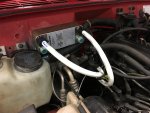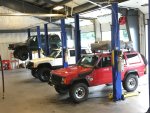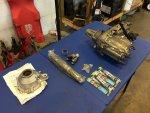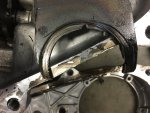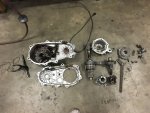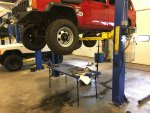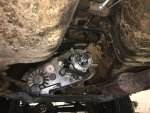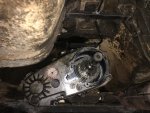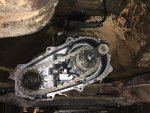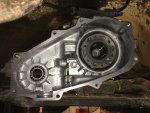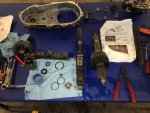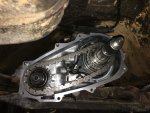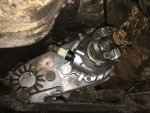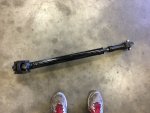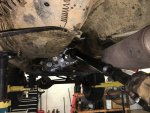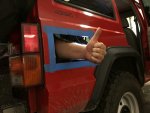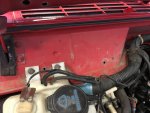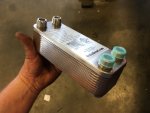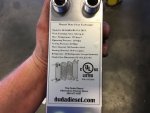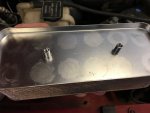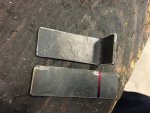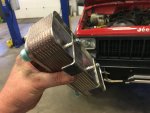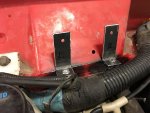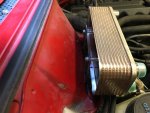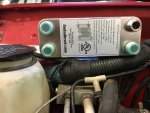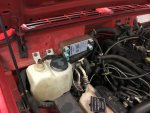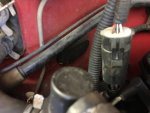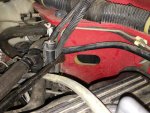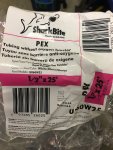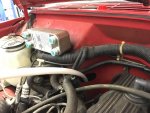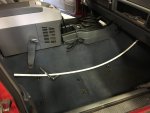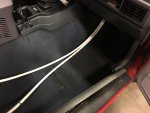Next up is the hose fittings that I used:
Just the same as the 1/2in hose is "Shark Bite" brand, I also used the same brand for clamps and fittings. I found them specifically at Home Depot, even though I checked Lowe's top to bottom.
The orange handled tool is ABSOLUTELY necessary to clamp the fittings. The bad news is that it is $62. No, vice grips, channel locks or whatever else you think might work, won't, so don't be cheap, just buy the tool. (I had to tell myself that....)
I picked up bags of 1/2in T's, Elbows and also Couplers, as I figured I would use all of them throughout the system. I'll also keep extra for spares.
While we're on the subject of fittings, just remember, the fewer hose unions that there are in the system, the fewer areas there are that are prone to leak, so use as few as possible.

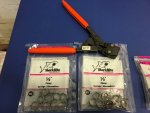
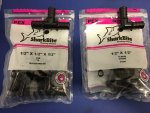
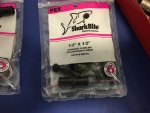
These fittings are just awesome, and I use them throughout the system. Apparently they have the same tolerance as the PEX tubing(200* @ 85psi), and they're also simply screw on. The little (rubber?) grommet crushes against the male side fitting itself and doesn't rely on the female thread to seal itself. It doesn't take much pressure to get them to seal, so they don't need to be death grip tight.

I used these fittings on the top of the heat exchanger for the potable water side. The reason why I chose the top side of the exchanger for water, is to try to keep the coolant lines as low as possible to prevent air bubbles in the cooling system settling in the exchanger.

Before routing the PEX hose to the exchanger, I needed to make sure the firewall grommet would protect the hose properly. Here's a good pic of the grommet removed...
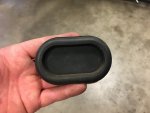
I drilled 2 holes in it, small enough to make sure the holes would fit around 1/2in PEX hose VERY snug. The last thing you want is heat from the engine or fumes leaking through the firewall!
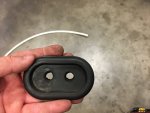
I pushed the lines through and ran the grommet back down to the firewall, which I will admit, was a complete pain in the Southland.....
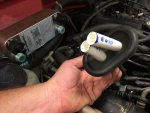
I then plugged the lines into the heat exchanger.
This part is very crucial, and you need to make sure you mark which lines are your "Cold line in" and "Hot line out". Water flow direction is crucial, and you want your potable water to flow in the opposite direction of your coolant. Make sure these lines are marked in the engine bay, and also in the cabin. Also, the exchanger states that there is a proper flow direction for fluids. Make SURE that is correct for maximum efficiency.
